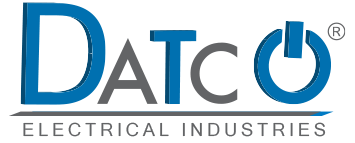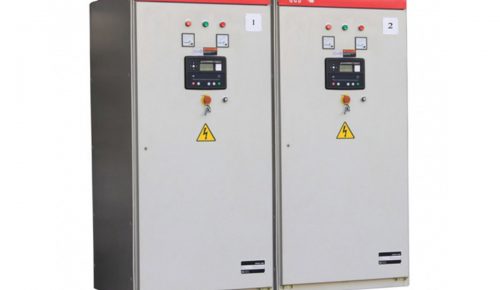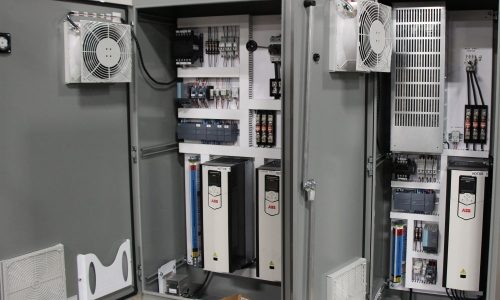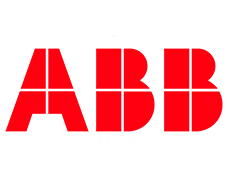
Panels
-
Automatic Transfer Switch

-
Synchronization Panels

-
Motor Control Center

-
Phase Sequence Correction

-
Power Factor Correction

-
Harmonics Filters Panels

-
Heating Ventilation

Automatic Transfer Switch
ATS panels (or automatic transfer switch panels) are used in combination with standby generators to automate the switch between the mains power source and a generator in a blackout. An ATS panel ensures that you do not have to manually switch to an alternative power supply, such as a backup generator in the event of a power outage.

Synchronization Panels
Synchronization panels are mainly designed and used to meet power system requirements. These panels function both manually and with an automatic synchronizing function for two or more generators or breakers. They are widely used in synchronizing generators and offering multiplex solutions.
(MCC) Motor Control Center
In many commercial and industrial applications, quite a few electric motors are required, and it is often desirable to control some or all of the motors from a central location. The apparatus designed for this function is the motor control center

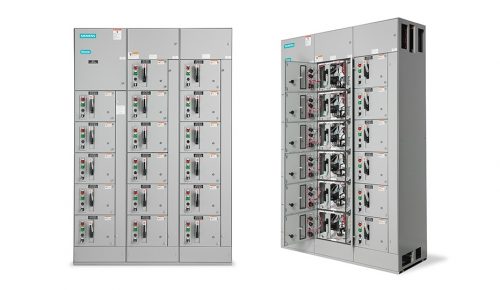
Phase Sequence Correction
The phase sequence of a three-phase AC power supply is detected and information representing that sequence is stored in a memory device, such as a flip-flop. Since the power supply, once it is energized, may require a few seconds to stabilize (such as may be the case when the power source is a diesel generator), the information fed to the memory device is likely to change during the stabilizing period
(PFC) Power Factor Correction
The power factor to as close to unity as is economically viable. This is normally achieved by the addition of capacitors to the electrical network which compensate for the reactive power demand of the inductive load and thus reduce the burden on the supply. There should be no effect on the operation of the equipment. To reduce losses in the distribution system, and to reduce the electricity bill, power factor correction, usually in the form of capacitors, is added to neutralize as much of the magnetizing current as possible.
Harmonics Filters Panels
An Active Harmonic Filter is most common application reducing harmonic pollution within electrical installations, helps ensure ‘clean’ current. An active harmonic filter requires a stable external power source to inject phase opposite current harmonics to downstream loads. Dependent on the stability of the connected external power source, its efficiency will vary. The proliferation of electronic switching devices increase in the amount of harmonic pollution in the electrical distribution systems, the harmonic currents may overload the equipment and cables, resulting in (energy) losses and unnecessary heating of cables and components, temperature buildup resulting in a fire
Heating & Ventilation and Air Conditioning Boards
Heating, ventilation, and air conditioning (HVAC) is the use of various technologies to control the temperature, humidity, and purity of the air in an enclosed space. Its goal is to provide thermal comfort and acceptable indoor air quality. HVAC system design is a sub-discipline of mechanical engineering, based on the principles of thermodynamics, fluid mechanics, and heat transfer. “Refrigeration” is sometimes added to the field’s abbreviation as HVAC&R or HVACR, or “ventilation” is dropped, as in HACR (as in the designation of HACR-rated circuit breakers.
